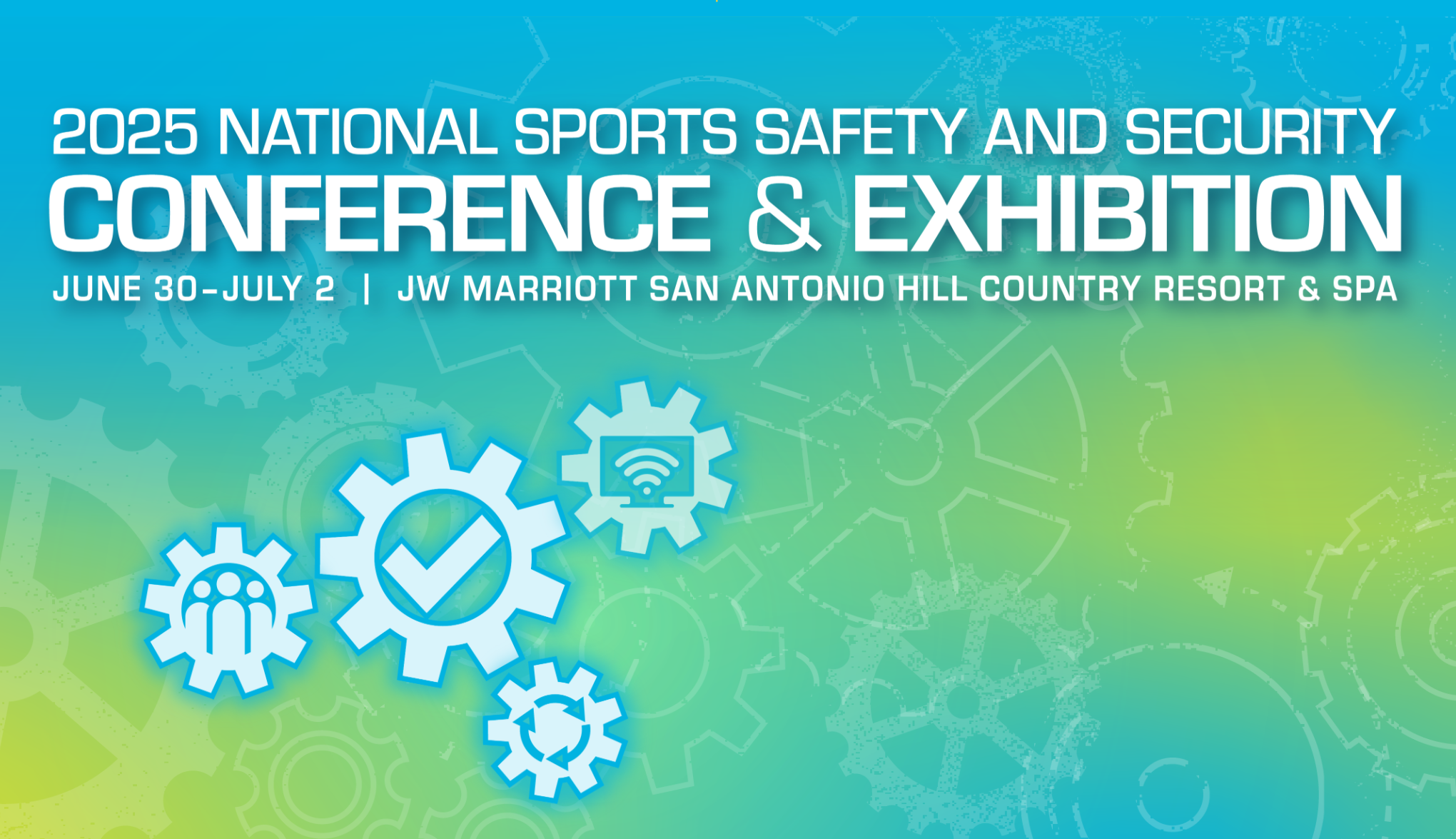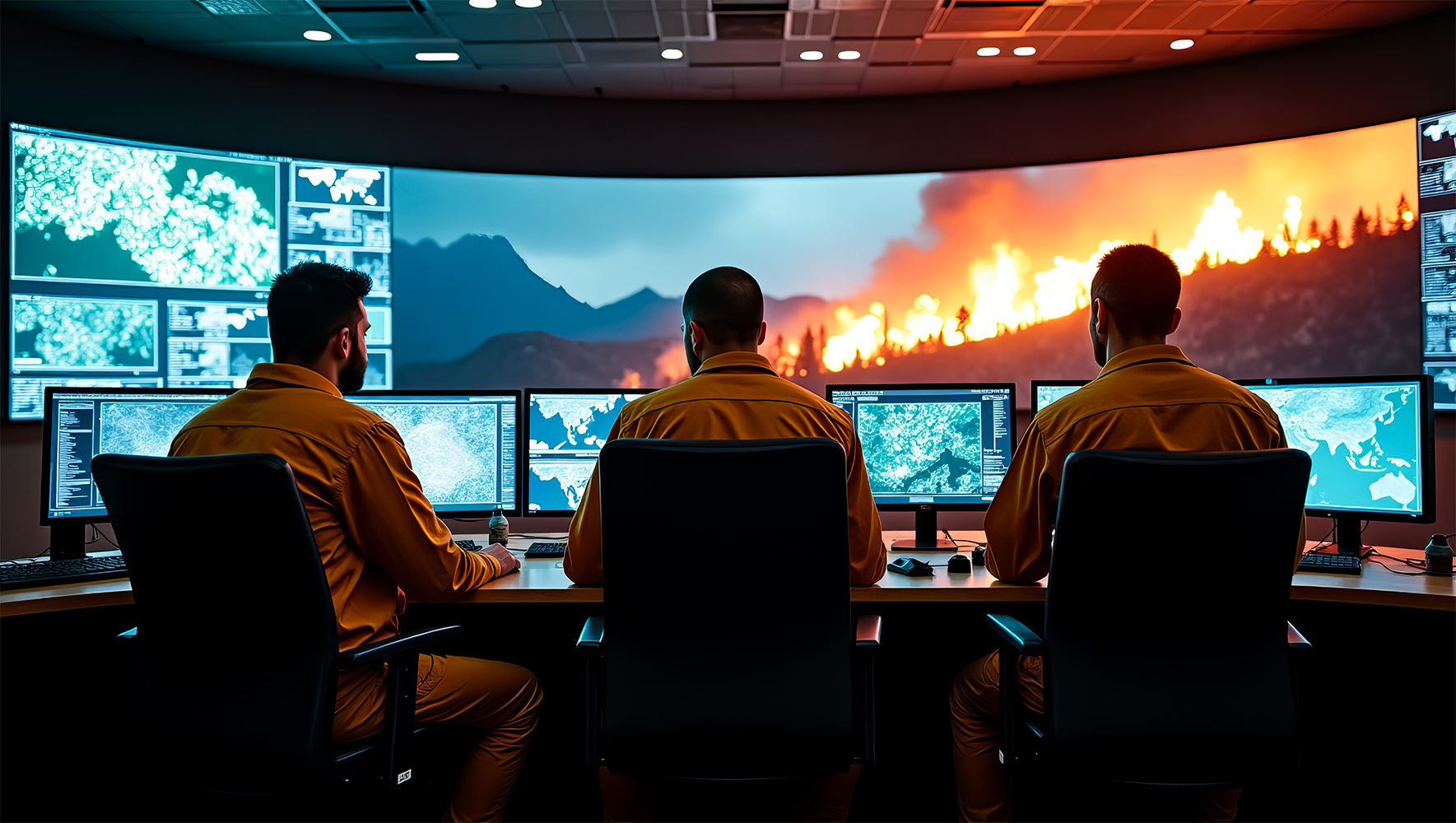If there was an emergency at your workplace would your employees know what they are supposed to do? Would they know how to evacuate, maintain communications, and ensure everyone’s safety? Do they know where to meet when they evacuate? Do they know who is in charge during an emergency? Do they know their responsibilities during a crisis? Can they carry them out?
Job training is a standard part of organizational culture. New employees are taught how to perform their regular job duties, how to operate equipment, and they are introduced to organizational policies. However, emergency response protocol is rarely taught. If it is, it is often glazed over, leaving employees ill-prepared for a true crisis.
Emergency response training is vital for all employees, regardless of rank or position. This ensures that employees are not only able to safely navigate a crisis situation, but also know how to ensure the safety of others, maintain necessary communication, and continue essential organizational functions. A crisis/emergency preparedness software with simulation and training capabilities can improve your company’s crisis management and emergency response time.
Benefits of Emergency Response Training
Training your employees in emergency response allows them to be prepared for an emergency. A person who is prepared, who has a plan, and who knows what to do is far less likely to panic than a person with no training.
When you have set emergency protocols in place, your employees have a straightforward process to follow. Training helps them follow it by walking them through it without the pressure of an actual incident or emergency.
It improves employees’ confidence so they can respond in a way that is calmer and more purposeful. When faced with a dangerous situation, crisis training equips employees to face the situation with less fear. They are better able to carry out their assigned responsibilities and help keep everyone calm and safe.
Training also equips employees with the knowledge and skills to use emergency equipment like fire extinguishers and gas masks correctly. It allows them to become part of the solution and effectively participate in the response efforts instead of becoming a panicked individual that responders must rescue.
Who Should Receive Crisis Training?
All employees should receive emergency response training. Every single employee, regardless of their position within the company, has the ability to help in a crisis. Every employee should know the emergency management protocol and participate in any drills or simulations that are conducted.
Crisis/emergency management is not a one man show. It takes everyone pitching in to manage the situation, work with emergency responders, and help get people to safety. While some employees will have specialized jobs such as the floor lead or medical first responder, all employees can and should receive training as well as refreshers.
Handouts or “cheat sheets” should also be distributed to all employees as part of their training. This keeps the information in front of them and fresh in their minds. It also gives them a quick reference if there is a crisis situation.
Vital Training Areas
Every organization will have its own variances on what to train, but just about any organization is subject to fires, floods, tornadoes/wind storms/hurricanes, earthquakes, and man-made disasters (9-11, Columbine, etc.). Training should be guided by a thorough organizational risk assessment that identifies primary areas of concern as well as resources that are available.
There are three stages of training for emergency response in an organization:
- Baseline Training– This should be a mandatory training program for all employees. It can be implemented at onboarding or upon the request of management/supervisors. It covers your organization’s specific policies and procedures which may include:
- Individual roles and responsibilities
- Various hazards, threats, crises, and emergencies
- Location of emergency equipment and how to use it
- Location of Standard Operating Procedures Manual (SOP)
- Communication and notification protocol
- Emergency response procedures
- Shelter in place and evacuations
- Emergency shutdown procedures
- Reinforcement Training– This training will build on the skills and knowledge that employees received in the baseline training. Refreshers should be scheduled at regular intervals. Drills and simulations typically fall into this category to give employees real-life experience in dealing with an emergency situation in the workplace.
- Enhanced Training – This often comes after a drill or simulation or even an actual emergency where a “Lessons Learned” analysis is conducted to identify gaps in emergency response training and protocol. Leadership can work with employees to find viable solutions that will strengthen the response procedures.
Drills and Simulations
Drills and simulations are absolutely essential for effective emergency response training. Employees need to experience the real-life crisis situation in a safe space so that they can process it and become accustomed to protocol. An emergency drill or simulation also allows for the identification of gaps in response protocol.
WebEOC includes built-in emergency simulation functionality to prepare your employees for a number of crisis situations. It will take them through an emergency as if it is really happening and provide valuable feedback on times, responses, and other relevant data. It will allow your employees to put their training to use in a safe, controlled environment.
Lessons Learned Analysis
The Lessons Learned Analysis, or “after-action review” is a vital part of your emergency response plan. It should be conducted after every emergency situation as well as every drill or simulation. The purpose is to help you identify what worked and what didn’t during the crisis. The successes and failures of the protocol should be explained in depth so that management can make informed decisions as they seek solutions and strengthen the plan.
This is not a critique or a place to play the blame game. It is a highly effective tool for improving performance and proficiency in emergency response. While it may at times focus on negative aspects of your emergency response plan or training, it should still be viewed as an overall positive experience. It should help identify any gaps in training and how the crisis simulation software is utilized.
There are four areas you want to address in your analysis:
- Your expectations or what you expected to happen during the crisis
- What actually happened during the crisis
- What went wrong during the crisis – and why
- What went well – and why
It is a good idea to get feedback from several people involved. If it is feasible, you can have your employees complete a brief feedback form and then you can compile that information to incorporate into the analysis.
Then you use that information to make your emergency response plan even stronger.
When it comes to training, crisis and emergency management software is your best ally. Contact us today to learn more about how we can help your organization plan for emergencies large and small.

















